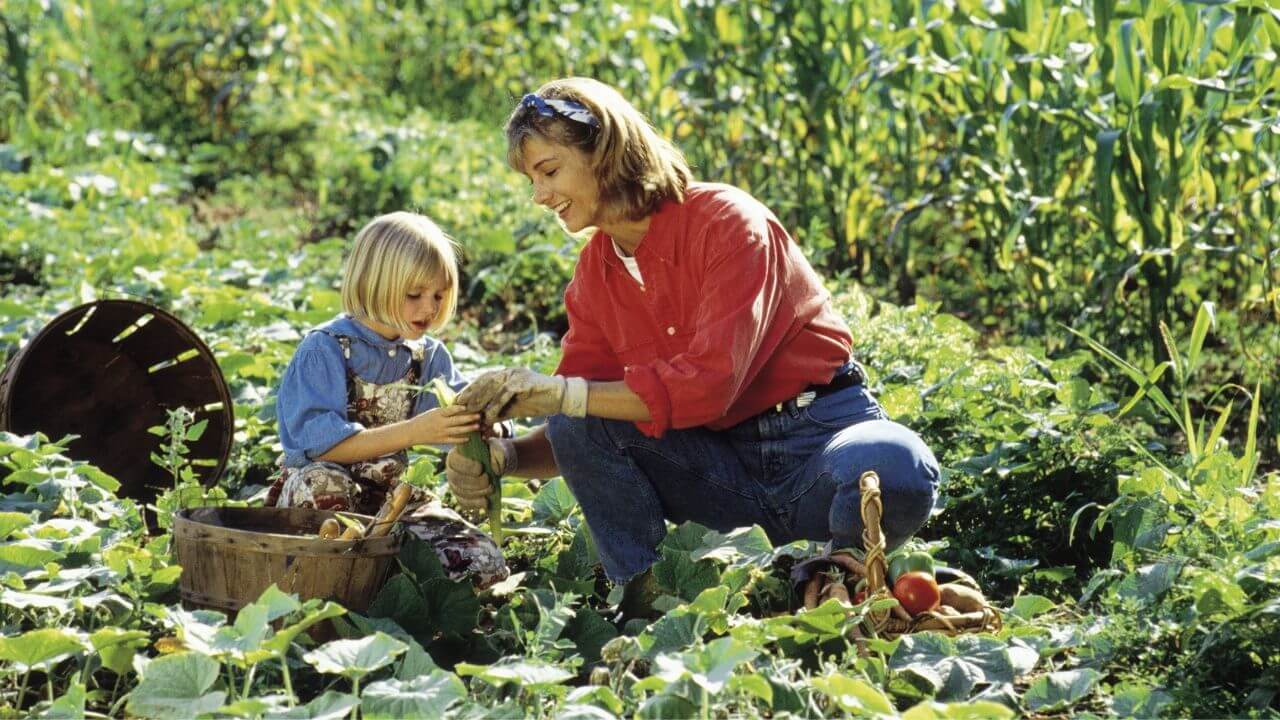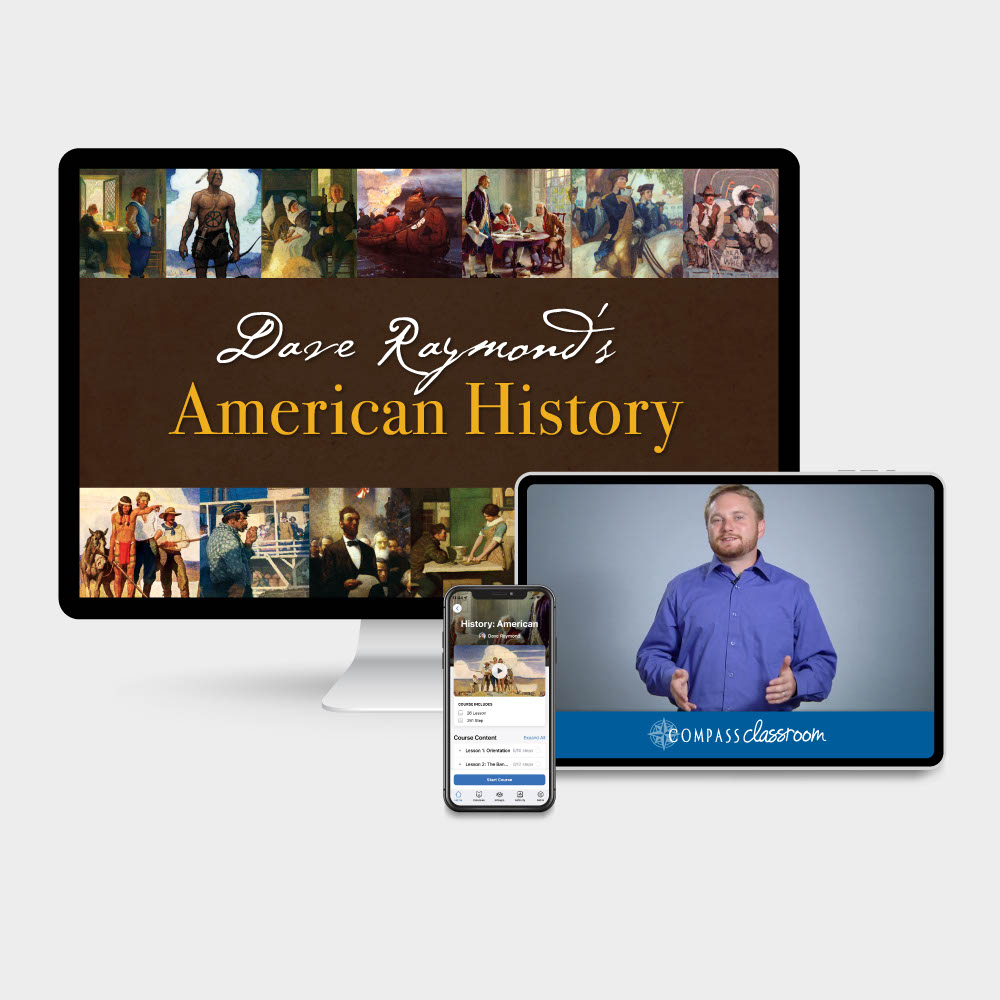
Share this post with another homeschool mom!
Bringing History to Life
Do you ever wonder what kind of garden early American Settlers and Colonists created? Maybe you dream of lush lilacs and boisterous begonias. You envision pathways lined with pansies or rows of rhododendron. I hate to crush your luscious dreams, but in the earliest days of America’s founding, gardens were fairly small and extremely practical.
What Did They Plant?
Early settlers simply planted to survive. Often everyone had the same basic spread: vegetables for food and herbs for flavor and medicine.
Since there was no such thing as a “seed store” until well after the Revolutionary War, folks had to carefully ration what they had and protect young seedlings from the elements. Most often, gardeners would sprout seeds indoors to improve the odds of seeds maturing into fruit-bearing plants.

Want to Plant Like a Colonial?
Explore these fun tutorials for inexpensive items to plant. You may even have some seeds available in your own kitchen or yard!
Avocados
Among the world’s most healthy foods—and, in my opinion, among the tastiest—the avocado is as versatile as it is rich in nutrients. Just like the oak, avocado trees are incredibly easy to grow. They also keep well as an indoor plant, though it does take up to three years to actually bear fruit.
Pineapple
Just like the avocado, pineapple was not at all common among colonial gardens. But as Thomas Jefferson once wrote: “The greatest service which can be rendered any country is to add a useful plant to its culture.” The pineapple is not only delicious, but it fits Jefferson’s idea of usefulness in how it can be sprouted and re-planted.
Beans
Beans are actually little, dried seeds. All you need to do is put them in some water and watch them sprout. As varied in color and size as they are in flavor, beans are packed with protein, carbohydrates, vitamins, and minerals and were a common dish at colonial tables.
Oak Trees
As many of you know (I only recently learned this), oak trees come from acorns. Isn’t that crazy?! Oaks are remarkably easy to sprout, grow, and maintain indoors in the early stages. Because of its prolific growth in North America and its sturdy, long-lasting nature, oak was a common wood for the colonials to use for building.
Are You Ready to Plant Like a Settler?
These are only a few of the plants that you can easily grow in and around your home. We hope we’ve inspired you to try something new or piqued your interest in ways to make history more hands-on with your kids. Enjoy your planting!
Inspired to Learn More History?
History is best understood through the dual lenses of dramatic story and godly wisdom. Dave Raymond teaches history by applying a Christian worldview to characters, events, theology, literature, art, and religious beliefs of a culture. His classes are available individually, in bundles, or as part of a subscription.
Learn More
Share this post with another homeschool mom!











